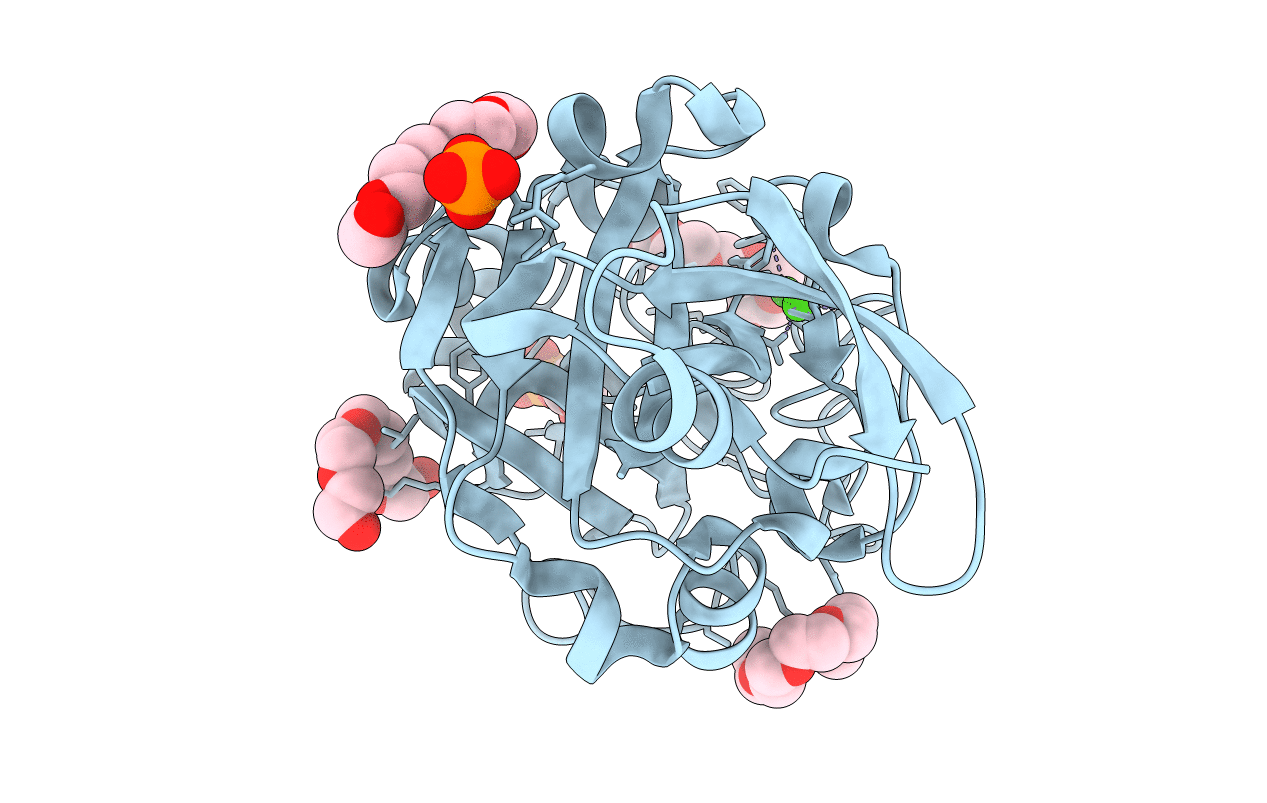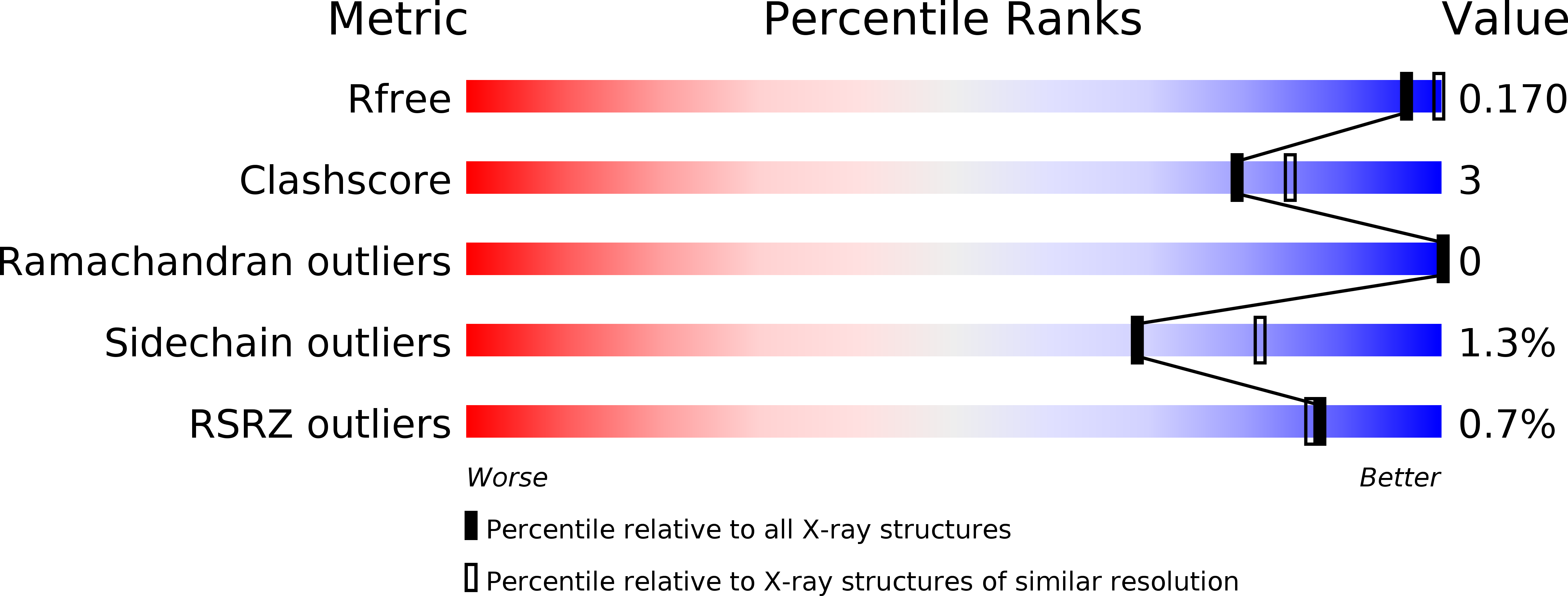
Deposition Date
2014-10-10
Release Date
2016-01-20
Last Version Date
2024-10-23
Entry Detail
PDB ID:
4WN0
Keywords:
Title:
Xenopus laevis embryonic epidermal lectin in complex with glycerol phosphate
Biological Source:
Source Organism:
Xenopus laevis (Taxon ID: 8355)
Host Organism:
Method Details:
Experimental Method:
Resolution:
2.20 Å
R-Value Free:
0.16
R-Value Work:
0.15
R-Value Observed:
0.15
Space Group:
P 6


